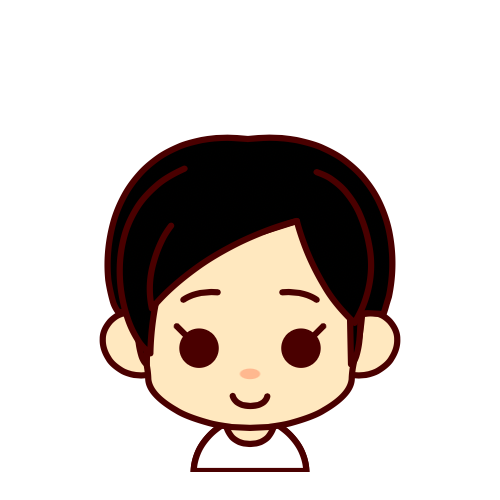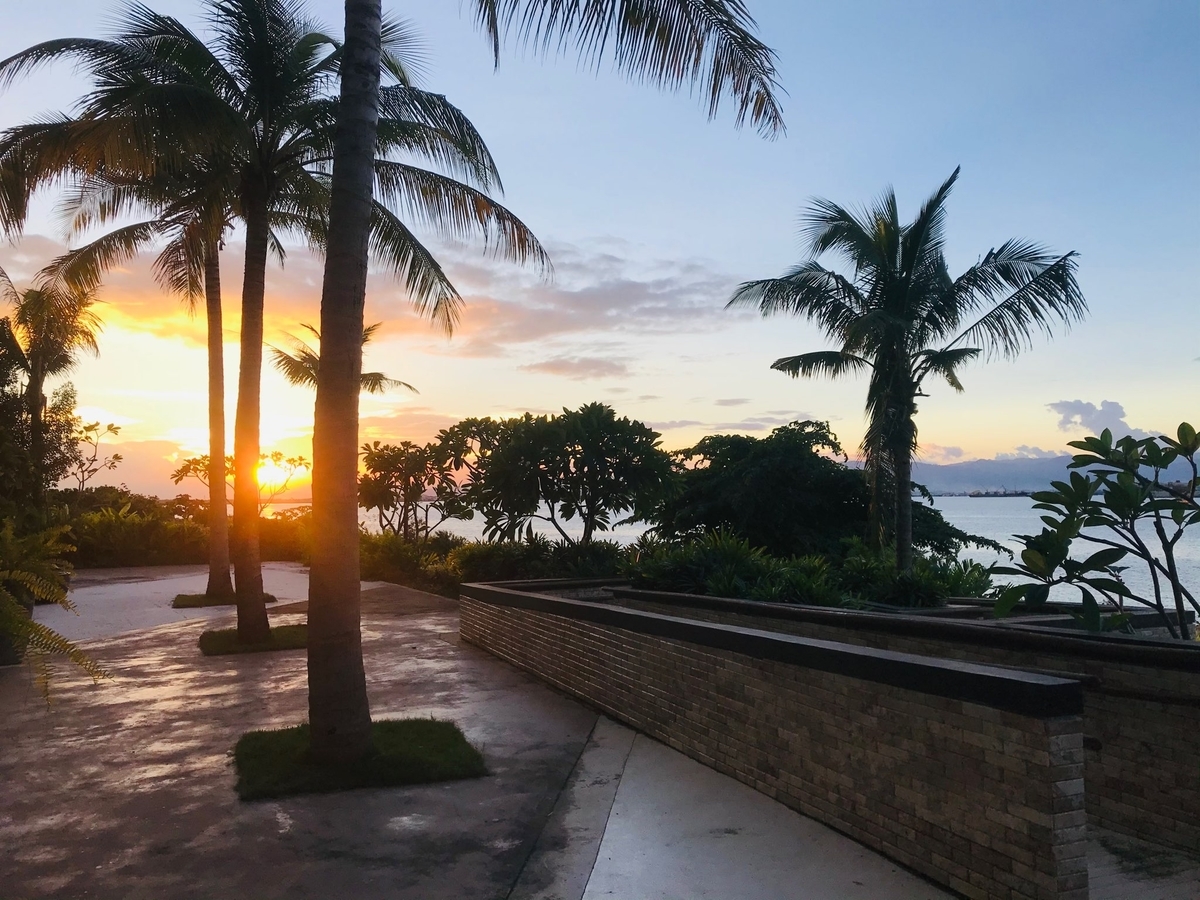
12月に入ると、もう年末年始が目の前。時が過ぎるのがとても早く感じられます。
Covid-19の影響で、海外旅行どころか国内旅行もままならない現在ですが、それでもイベントは何かと多いこの時期。たとえ実際に会えなくても、オンラインで会話をする機会も増えてきたのではないでしょうか。
今回は、対面でもオンラインの英会話でもとっても役に立つ、年末年始に使える英語表現をご紹介しましょう。海外の人に日本の文化をうまく伝えられれば、会話が盛り上がること間違いなしです。
年末にすることの英語表現
「大晦日」や「除夜の鐘」など、「年末」にまつわる日本語はいろいろあります。ではこれらを英語で言うとどのようなフレーズになるのでしょうか。
・年末の大掃除:year-end cleaning
新年を迎えるために大掃除を年末にする人も多いでしょう。
「年末の大掃除」を英語では「year-end cleaning」などと表現します。またただ単に「大掃除」という場合は、「general house cleaning」「general cleaning」「cleaning up」など、いろいろな表現があります。
今日は年末の大掃除で忙しい。
年末に家の大掃除をする予定です。
年末の大掃除は慣習的な意味も持ちます。日本の習慣を英語で説明したいものですね。例えば、海外から日本へ留学している友達との会話を例に挙げてみましょう。
Tom:Hi, what are you doing now?
Tom:やあ、今何している?
Naoto:I am doing the general cleaning of my house now.
Naoto:今、家の大掃除をしているんだ。
Tom:Why?
Tom:なんで?
Naoto:Because it's the end of the year. In Japan, it is traditional to welcome a new year by cleaning your house thoroughly.
Naoto:年末だからだよ。日本では、家を徹底的に掃除して新年を迎えるのが伝統的なんだぜ。
Elly:Are you doing anything tomorrow?
Elly:明日は何か予定がありますか?
Yoji:I’m going to do the year-end cleaning. In Japan, it is customary to clean up at the end of the year.
Yoji:年末の大掃除をする予定です。日本では、年末に大掃除をする習慣があるんですよ。
Elly:I see. I want to know the reason.
Elly:なるほど。理由が知りたいですね。
Yoji:This means to get rid of the dirt of the year and get ready to welcome a new year with fresh feelings. Many Japanese people will do a big cleaning up of their homes at the end of the year.
Yoji:1年分の汚れを落とし、気分も新たに新年を迎える、という意味があります。日本人の多くは年末に家を大掃除するんですよ。
・大晦日:New Year’s Eve
12月31日は「大晦日」。英語では「New Year’s Eve」と言います。
大晦日は新年を迎えるためのイベントがいくつかあります。
例えば「除夜の鐘」(New Year’s Eve Bells)や「年越しそば」(year-crossing noodles/Japan buckwheat noodles)、「紅白歌合戦」(Red & White Year-end Song Festival)などなど。
Duke:Tomorrow is the new year.
Duke:明日は新年だね。
Hiroshi:Yeah. By the way, today, December 31, is called "Omisoka" in Japan. "Omisoka" means the last day of the year.
Hiroshi:そうだね。ちなみに今日、12月31日は日本では「大晦日」と呼ばれているんだよ。「大晦日」は1年最後の日を意味するんだ。
George:What’s “Joya-no-kane”?
George:「除夜の鐘」って何?
Kyoko:It’s New Year’s Eve Bells. Around midnight, temples in Japan ring their big bells 108 times. It is believed that 108 is the number of our inappropriate desires and passions that should be abandoned.
Kyoko:大晦日の鐘のことです。夜12時頃に、日本のお寺では108回大きな鐘が鳴らされます。108というのは、捨て去るべき煩悩の数だと言われています。
Kate:What are some of your New Year’s Eve traditions?
Kate:大晦日の伝統行事は何がありますか?
Yoko:Many people eat Japanese buckwheat noodles on New Year’s Eve. It is called toshikoshi-soba. It’s believed that eating toshikoshi-soba brings you a long life.
Yoko:多くの人は大晦日に日本そばを食べます。それは「年越しそば」と呼ばれています。年越しそばを食べると、長生きできると信じられているんですよ。
Jun:Hey! What are you watching?
Jun:やあ、何のテレビ観ているの?
Kenji:I'm watching the Red & White Year-end Song Festival. It is called “KOHAKU” or “Kohaku Uta Gassen” in Japanese. Have you seen it on TV on New Year's Eve?
Kenji:赤と白の年末の歌祭りを観ているんだ。日本語で「紅白」または「紅白歌合戦」と呼ばれているよ。年末に観たことある?
Jun:No, never. What's that?
Jun:いや、全く。
Kenji:It is a singing contest and many people watch it.
Kenji:歌のコンテストだよ。多くの人がそれを見るんだ。
年始にすることの英語表現
次は年始にすることです(一部、年末から準備することも含みますが)。
まずはズバリ、「What is "Oshogatsu”?」(「お正月」とは何ですか?)などと聞かれたら、以下のように説明してみるのもいいでしょう。
“Oshogatsu” is the New Year. At “Oshogatsu,” there are various events to welcome the New Year’s god. The God is called "Toshigami." New Year's decorations used today were originally for welcoming “Toshigami.” In Japan, it has been believed that “Toshigami” comes to each family to bring happiness on New Year’s Day.
「お正月」は新年のことです。お正月には、新年の神様を迎えるための色々な行事があります。神様は「年神」と呼ばれます。現在使われている正月の飾り物は元々「年神」を迎えるためのものです。日本では、新年の日に「年神」が各家庭に幸せを運んでくると信じられています。
次は正月の飾り物や行事などについてです。これら以外にもさまざまな説明の仕方がありますので、お手持ちの辞書などでも確認してみてください。
門松 kadomatsu:
Kadomatsu is one of the New Year decorations made with pine branches, bamboo sticks, and Japanese apricot sprigs. It is set up at the front door usually in pairs.
「門松」は、松の枝、竹の棒、梅の木の小枝があしらわれた正月の飾り物です。それは普通2つ一組で玄関に置かれます。
しめ縄(しめ飾り)shimenawa rope:
Shimenawa rope is a thick, twisted straw rope. It is set to prevent evil spirits from visiting.
「しめ縄」は太くねじられた藁のロープです。悪霊が来るのを防ぐために取り付けます。
鏡餅 kagamimochi:
Kagamimochi is a large, round mirror-shaped rice cake.
「鏡餅」は大きな丸い鏡の形をしたお餅です。
御節料理 osechiryori:
「御節料理」は新年のための特別な料理です。それらは重箱に入れられることが多いです。重箱は、日本の伝統的な漆塗りの箱です。
雑煮 zoni:
「雑煮」とは日本の味噌または透明なスープに、お餅、野菜、他の食材が入ったものです。
初夢 hatsuyume:
「初夢」とは新年の2日目、または1日目の夜の最初の夢です。富士山や鷹、ナスの夢を見ると縁起が良いとされています。
初詣 hatsumoude:
「初詣」はその年の最初に神社または寺社へ参拝をすることです。
書き初め kakizome:
「書き初め」とは、字の上達を願って行われる、新年の最初の書道です。
お年玉 otoshidama:
「お年玉」は新年のプレゼントのお金です。
年賀状 nengajou:
「年賀状」は新年の挨拶を記したカードです。
七草粥 nanakusagayu:
「七草粥」は、7つの春の野草を含むお粥です。
鏡開き kagamibiraki:
「鏡開き」は1月11日に行われる、鏡餅の切り分けです。
年末年始の挨拶
「良いお年をお迎えください」や「新年の挨拶を申し上げます」など、日本語では定番のフレーズを、年末年始に海外の友人や知人、同僚に英語で言いたいという方もいらっしゃるのではないでしょうか。
ここでは年末年始に、カードを送る時のメッセージや直接会った時に使える挨拶の表現をご紹介しましょう。
・年末の挨拶
楽しい休暇を!
休暇を楽しんで!
英語圏では日本のように「お正月休み」があるところはあまりありませんので、上記の挨拶は、日本にいる人に対して使う場合ですね。
良いお年を!
来年もよろしくお願いいたします。
・年末・年始両方で使える挨拶
良い年になりますように!
良い年になりますように!
良い年になりますように!
良い年になりますように!
・年始の挨拶
2022年、新年おめでとう!
新年の挨拶を申し上げます。
今年もよろしくお願いいたします。
・カードやメールで挨拶文を送る
上記の言い方をカードや英語メールで送ることも可能です。が、もう少しかしこまった言い方もご紹介しましょう。
あけましておめでとうございます。
家族そろってお祝いのお言葉を申し上げます。
季節のご挨拶と新春の祈願を申し上げます。
2022年に幸あることを心から祈っています。
新しい年があなたにとって健やかで特別ものになりますように!
昨年は大変お世話になり、ありがとうございました。
「I’m grateful for」や「I appreciate」を使うと「Thank you for」よりもフォーマルな印象になりますのでビジネスシーンで上司などに使ってもいいでしょう。
昨年はいろいろな場面で助けていただいて感謝しています。
年末年始の英語表現まとめ
いかがでしたか?日本の年末年始のさまざまな慣習を説明する言い方や年末年始の挨拶に使える表現を覚えて、どんどん話たり書いたりしてみましょう。
特に日本のお正月に関することを説明できるようになるのは、とても素敵なこと。最初は丸暗記でもいいですが、自分の経験なども交えると相手に伝わりやすくなりますよ。

◇経歴
児童英語講師
オンライン英会話講師
NC英語アドバイザー
英語学習ライター
元大学教員
◇資格
TESOL/TEC(CANADA)
中学校教諭二級免許状(英語)
◇留学経験
アメリカ・サンディエゴに語学留学(2カ月)の経験あり
その後、オーストラリア・シドニーに大学院留学(2年)の経験もあり
◇海外渡航経験
25歳で初めて、短期間の語学留学をきっかけに本格的に英語の勉強を開始しました。
雑誌の編集・ライティング、テレビCMの企画・撮影等などの仕事が長く、英語を使っての海外取材や撮影経験も多く経験しています。また海外で日系新聞社の副編集長をしていたこともあります。
◇自己紹介
「英語学習に終わりはない」「継続は力なり」を実感し、50代半ばから毎日英語の勉強を続けて2000日近くが過ぎました。
「楽しく学ぶ!」をモットーに、僭越ながら私の異文化経験や英語の知識などをブログに織り交ぜながら、執筆することを心がけています!ネイティブキャンプのオンライン講師もしています。初心者・初級者限定ですが、ぜひ一緒に学びを続けましょう。

I took a Bachelor of Science degree in Mathematics where my problem-solving and critical-thinking skills were honed. I have worked as a trainer in a government office, which has helped me to develop my communication and intrapersonal skills. My hobbies are reading, listening to music, and cooking. After joining NativeCamp, I acquired 2 years of teaching experience. Currently, I am involved in content production in the Editing Department.




